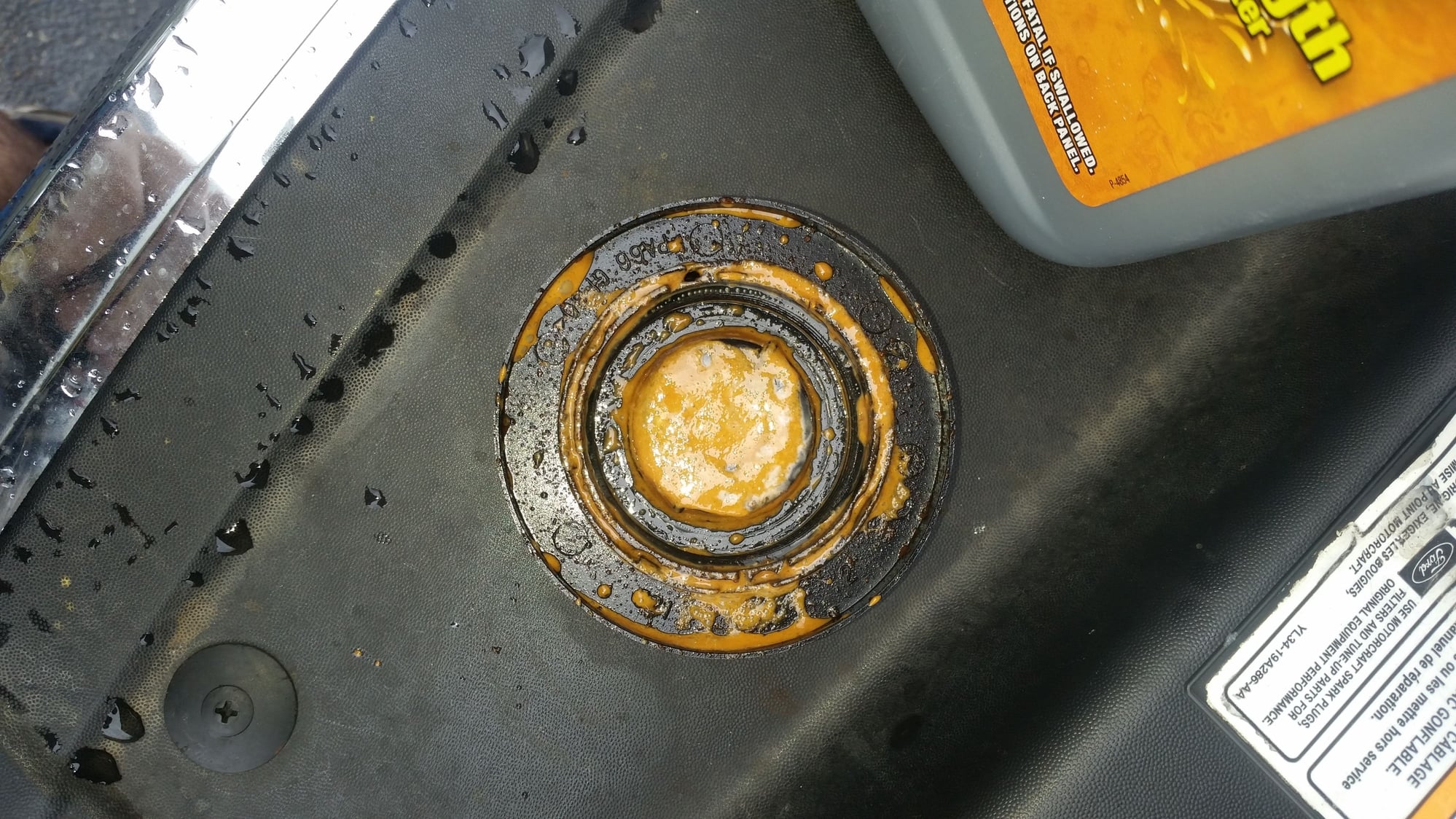

As much as it pains me to say, if you want your stock 6.0 to live, you’ve got to keep it on a lower power level tune until you can remedy the gasket and bolt issue. A dead giveaway for a head gasket failure is an over pressurized cooling system and a leak from the expansion tank cap. Before too long the fasteners will stretch slightly, and the heads will actually lift off the block a microscopic amount, just enough to let combustion pressure escape into the cooling system. In order to produce more horsepower, injection timing is often advanced and turbo boost is increased, both of which create more pressure inside the engine. When you introduce aftermarket tuning into the mix, you’ll end up pushing your luck even further. While a stock six-liter can have gasket issues, the head bolts aren’t the only problem, as modification can make things even worse. On top of that, they were a torque to yield design which means they are tightened to their limit, so right off the showroom floor, the 6.0 is working at a disadvantage. While the 6.0 used a slightly larger 14mm head bolt, instead of six, there were only four per cylinder which cuts the total number of fasteners per side to ten. As it happens, the 6.0 was lacking in that area: the earlier 7.3s use a 12mm bolt, and there were six per cylinder which ensures massive clamping pressure when all 18 (per side) are torqued into place. Modern diesel head gaskets are made from several thin layers of steel with an embossed ridge along the outer edges, and they rely on a very specific amount of torque from the cylinder head fasteners to maintain the seal. The six-liter is rated at 18.0:1, which means there is a ton of pressure inside a running engine, and coincidentally one of the most common problems you will hear about on a 6.0 is the head gasket failing.Ī head gaskets job is to keep combustion pressure sealed between the cylinder head and the piston, and out of the cooling system. In order to achieve that much power, the 6.0 had an all-new high flowing head which featured four valves per cylinder and a tremendous amount of static compression. In its first year of production, the 6.0 was rated at 325 horsepower and 560 pounds of torque, and by the final model year in 2007, the HP remained the same, but torque jumped up a bit to 570lb.ft. You just gotta know where to start… Head Gaskets: Patient Zero Although many would assume the contrary, with some thoughtful planning and careful execution, you can in fact, make a six-liter reliable.

However, after a few years went by, it was evident the six-liter had its fair share of issues, and it didn’t take long for it to earn a bad reputation. Initial impressions were so good, in its first year of production the 6.0 was recognized with a place on Ward’s list of 10 Best Engines. Midway through the 2003 model year, Ford launched the 6.0 Powerstroke, and it became the new kid on the block with some big shoes to fill, as the earlier 7.3 was one of the most reliable diesel powerplants ever produced.


 0 kommentar(er)
0 kommentar(er)
